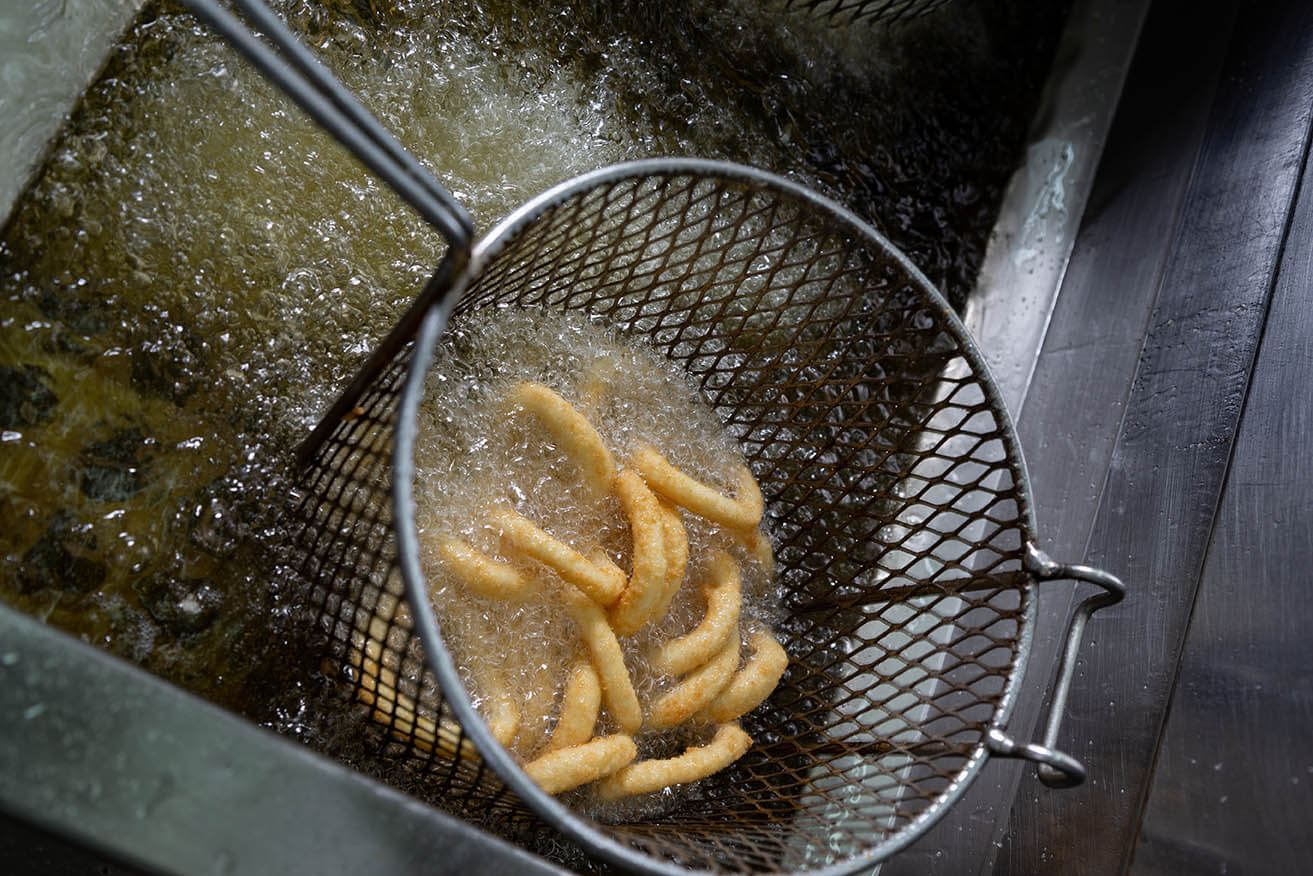
Oxidative stress is the condition that occurs when pro-oxidants (a.k.a., oxidants) outnumber antioxidants. Left unresolved, oxidative stress can lead to severe health problems with more familiar names. This complicated cascade of cellular damage has numerous players, so it’s important to understand their roles.
What is a pro-oxidant and how does it cause oxidative stress?
An oxidant, or pro-oxidant, is any substance that seeks to take electrons away from another substance. Stealing electrons causes oxidation. When enough electrons are lost without prompt replacement, oxidation eventually results in cellular, and ultimately, tissue damage. Although some oxidation is a necessary and normal part of cellular metabolism, excess oxidation is damaging, can predispose to disease, and accelerates the aging process.
What is an antioxidant and how does it prevent oxidative stress?
An antioxidant is any substance that inhibits oxidative damage by supplying electrons back to the substance that was oxidized or by supplying electrons directly to the oxidant substance before it has the opportunity to deplete electrons from the target substance. An antioxidant stops oxidation and its free radicals by neutralizing them with an infusion of electrons. It protects by either repairing the damaged substance or preventing the damage from occurring. Researchers name three lines of defense in the antioxidant system.
“Preventative antioxidants,” as they call them, “suppress the formation of free radicals.” Glutathione, the master antioxidant, is on this first line of defense. The second line includes antioxidants that scavenge the free radicals from water- and fat-based tissues. Vitamin C, uric acid, bilirubin, albumin, and thiols handle the scavenging in water while Vitamin E and ubiquinol work in fats. The third line includes substances in the mitochondria and DNA that repair free radical damage.
When enough antioxidants cannot be supplied promptly, oxidative damage will result in electron-depleted cells and tissues, eventually leading to a clinically recognizable condition. Conversely, when there is an adequate supply of antioxidants present while oxidation is occurring, electrons can be supplied back quickly enough and in a sufficient amount so that no significant damage will result. Your cells utilize electrons as their fuel. Antioxidants, in tandem with their oxidized counterparts, allow adequate access and delivery of this ongoing electron fuel to all of the different cellular and sub-cellular sites in your body.
Where do antioxidants and pro-oxidants come from?
Almost every substance that enters the body through respiration (breathing), absorption (contact with the skin), or ingestion (eating) will ultimately be broken down, or digested, into components that are antioxidant or pro-oxidant. In other words, except for the elusive chemically inert substance, everything entering the body will ultimately give or take away electrons at the cellular and sub-cellular level.
Your body also generates free radicals internally through various processes that are not always harmful. Exercise generates free radicals as does the process of inflammation that, while dangerous when chronic, is an essential step in the healing process. This is normal and your body has natural antioxidant pathways to maintain balance. Trauma, excessive exercise, and various types of injury can cause short-term oxidative stress as the affected tissues produce enzymes that generate free radicals. The risk occurs when you’re exposed to more substances that generate free radicals than your body is equipped to handle.
How readily a substance is digested and relieved of its electrons is the ultimate determinant of how nutritious it is. So, the more readily an ingested substance depletes cells or tissues of electrons is the direct measure of how poisonous or toxic it is. Specifically, these substances that you can ingest, absorb, or breathe in are known to generate free radicals (pro-oxidants):
- Cigarette smoke
- Pollution
- Certain pesticides
- Certain drugs
- Industrial solvents
- Radiation
- Ozone
- Reheated cooking oils
- Oils heated past their smoke points
- Processed meats
- Alcohol
While some antioxidants occur naturally in your mitochondria, others — like Vitamin C and Vitamin E — you must consume from exogenous sources. These external sources of antioxidants include:
- Tea
- Nuts
- Fruits
- Vegetables
- Supplements like Vitamin C, Vitamin E, Glutathione, Alpha Lipoic Acid, and more

